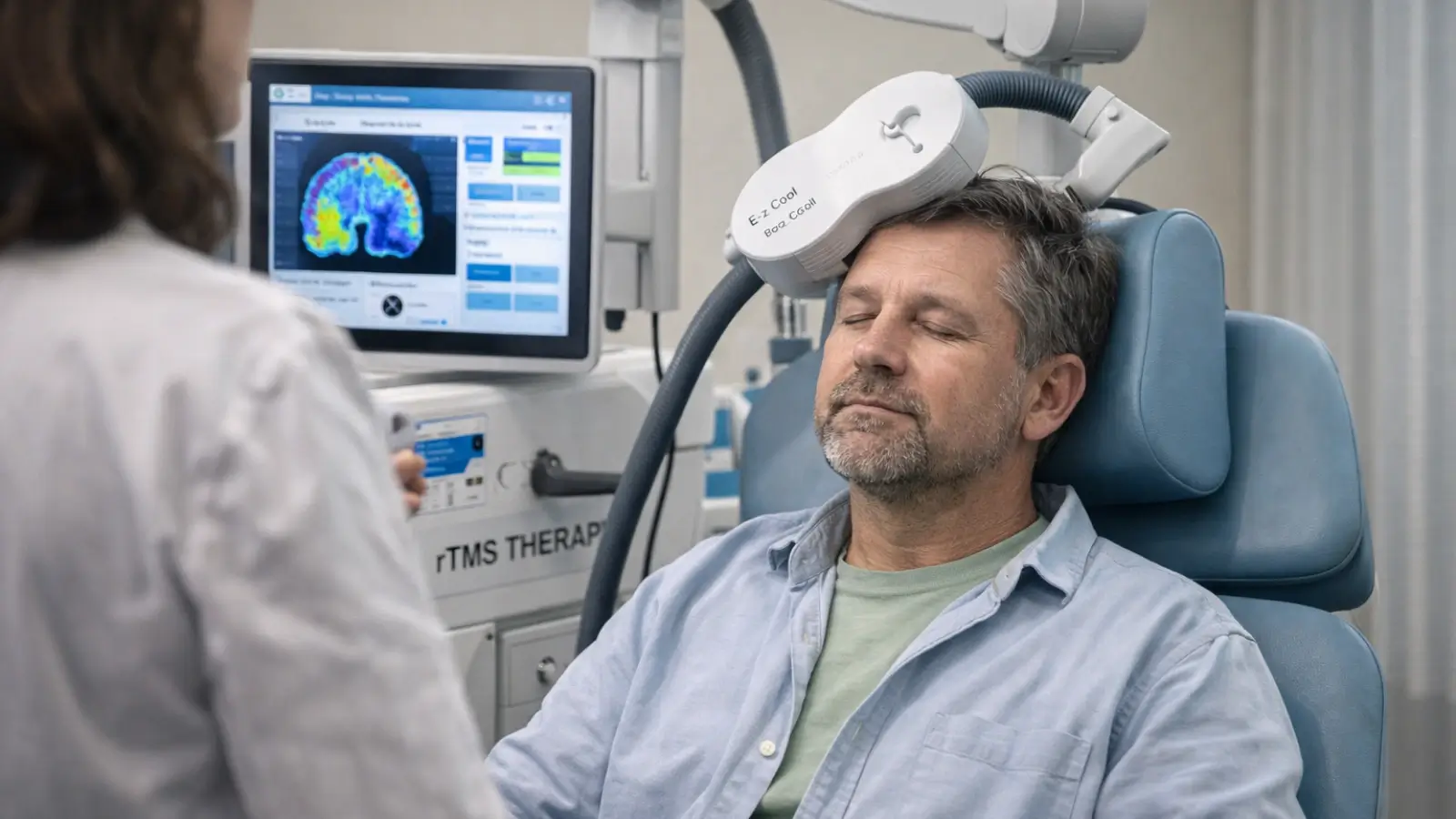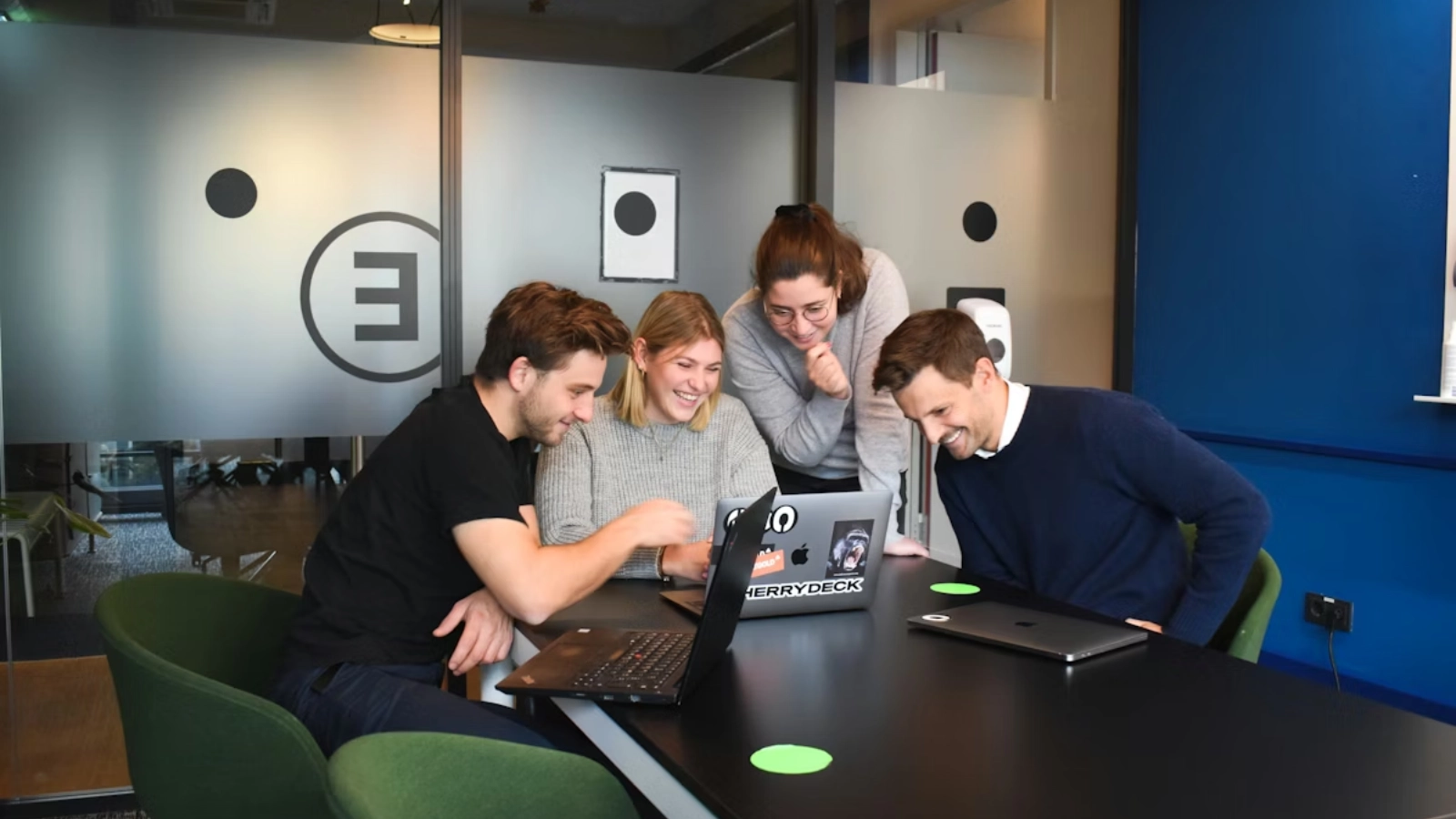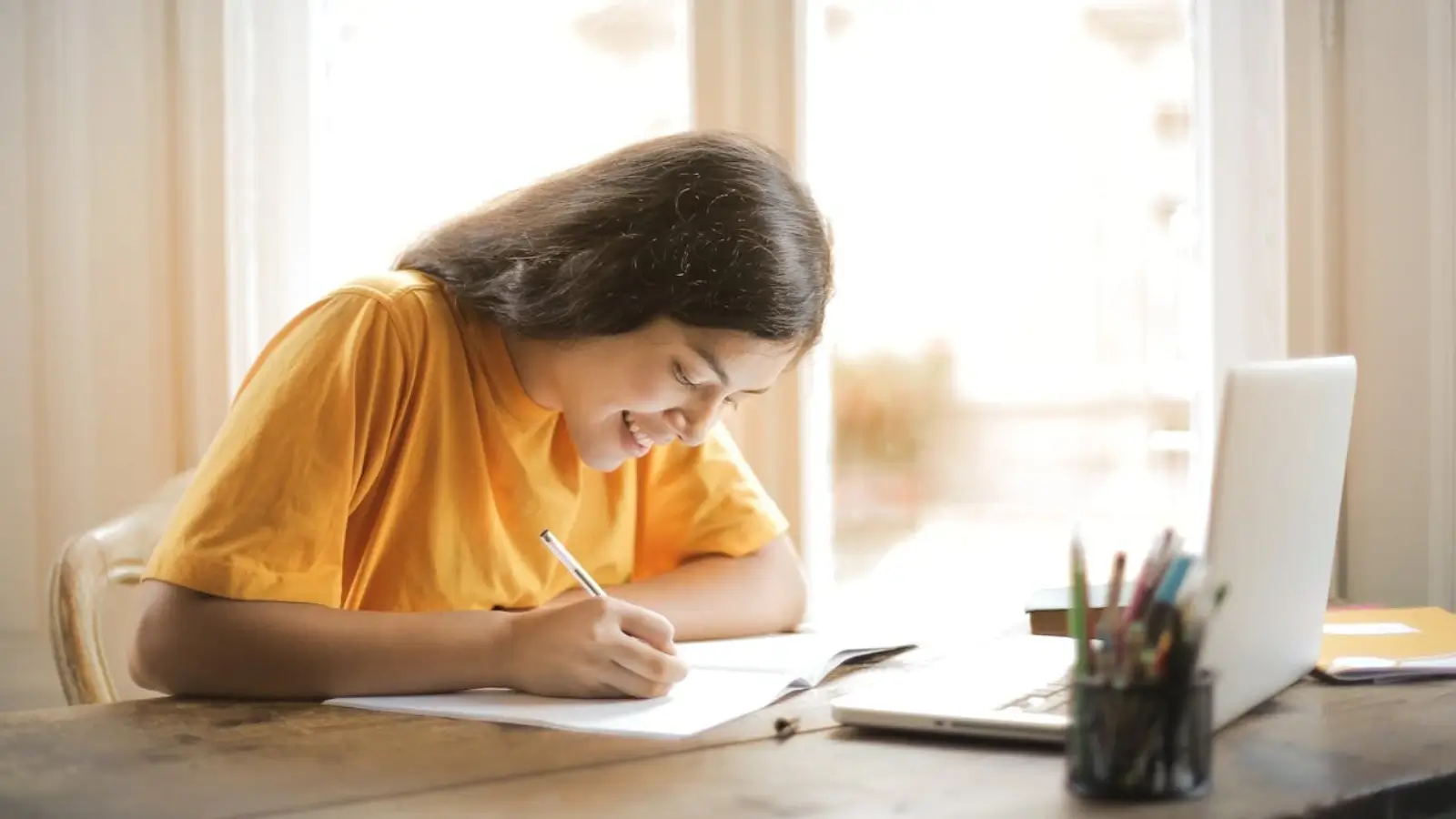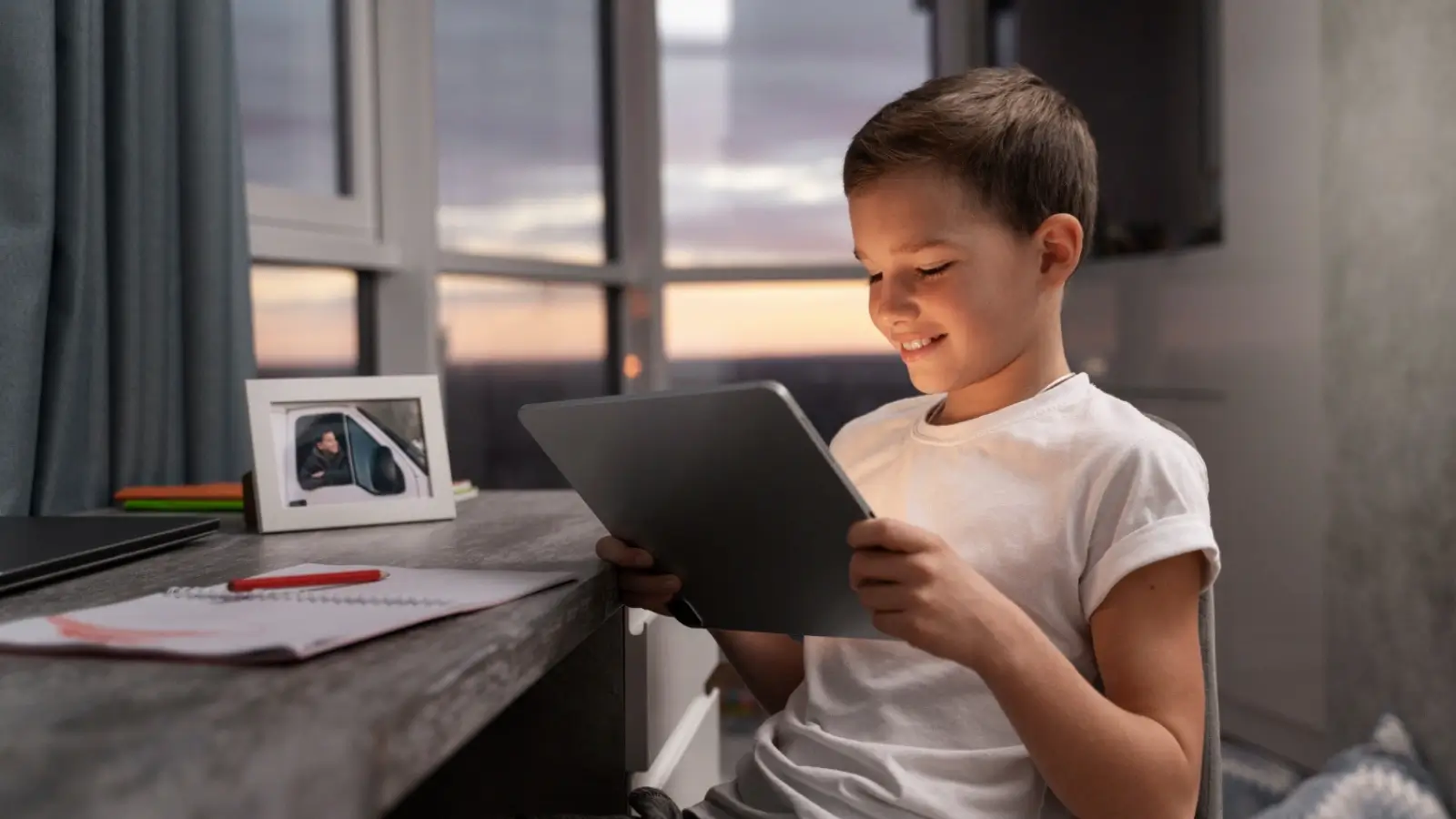Every artist begins with a strong creative base. Whether you aim to become an animator, designer, or illustrator, foundational training helps you develop the skills to move forward confidently.
An art foundation program offers structure. It provides a clear space to build techniques, discover strengths, and prepare for specialized studies in the visual arts.
For developing artists, a foundation program is the perfect bridge. It's designed for those who may not yet have a portfolio or are unsure which creative path to follow. With a focus on core skills like drawing, composition, and color theory, it helps students gain both clarity and confidence. A strong start leads to stronger results, whether your goal is animation, game art, design, or illustration.
This article highlights how a foundational art program fuels artistic careers in Canada.
What Is an Art Foundation Program?
An art foundation program introduces students to the essential principles of art and design. These programs typically last one academic year, although some may be shorter. They offer a structured, full-time environment where students develop technical and conceptual skills.
These programs are ideal for high school graduates, career changers, or anyone looking to explore the visual arts more seriously. They allow students to experiment with different media, refine their artistic process, and identify their strengths before committing to a specific discipline.
Course Curriculum
A typical foundation curriculum focuses on both technical skills and creative development. While course content may vary, most programs include the following core components:
-
Drawing (life drawing, perspective, line work)
-
Color theory and composition
-
Design principles and visual storytelling
-
Introduction to digital tools (such as Photoshop or other illustration software)
-
3D form exploration or sculpture
-
Character and environment design basics
Throughout the program, students are encouraged to experiment and express themselves while receiving regular instructor feedback. The goal is to build a portfolio that showcases your potential, not just what you can do, but how you think creatively.
Learning Online: Structure and Delivery
Some art foundation programs are offered online and are delivered synchronously. In other words, you attend live classes, interact with instructors, and complete assignments on a set schedule, just like an in-person class. This format combines the flexibility of learning from home with the structure of a classroom environment.
Online programs typically include live lectures, critiques, project submissions, and class discussions. The technology used varies by school, but many platforms support screen sharing, collaborative work, and timely feedback.
This structured format helps students stay engaged, focused, and on track. Online learning requires self-discipline, but it also removes the barriers of commuting or relocating, which can be especially helpful for international or remote learners.
Choosing the Right Program
Foundation programs give students the time and space to explore multiple areas of art before choosing a focus. Some learners uncover a passion for animation or character design, while others find their calling in graphic design, visual effects, or photography.
This period of exploration is essential. It prevents students from committing too early to a path they may later change and ensures that their next step is based on real knowledge, not guesswork.
You're not locked into one creative track; a foundation program helps guide you toward the right one.
With so many options available, selecting the right foundation program comes down to a few essential factors:
-
Curriculum focus: Does it emphasize traditional art, digital tools, or both?
-
Delivery method: Will you attend in person or online (and is it live or self-paced)?
-
Faculty and mentorship: Are instructors experienced artists?
-
Portfolio outcomes: What types of student work are showcased?
-
Class size and support: Will you get regular feedback?
It's also helpful to speak with program staff or instructors before applying. Some schools offer info sessions or one-on-one calls with instructors to discuss your goals. The more informed you are, the better your experience will be.
Portfolio Development
Creating a strong portfolio takes time and guidance. Foundation programs offer both, plus expert critique. Projects are designed to showcase range and originality. Work improves week by week, piece by piece. Instructors help select your best submissions.
Applying to top art schools can be intimidating. But with the right portfolio, doors open. You'll learn how to present ideas with impact. Feedback helps tighten concepts and refine execution. Support continues through application season and beyond.
Career and Academic Pathways After a Foundation Program
Completing a foundation program opens the door to more focused study. Graduates often go on to apply for diploma programs in fields such as:
-
Character Animation
-
Game Art and Design
-
Visual Effects for Film and TV
-
·Professional Photography
-
Web and Graphic Design
Other graduates may pursue pathways in illustration, fine arts, or fashion design, depending on their interests. No matter the direction, the foundation built early gives students a valuable edge.
The skills developed — from composition and color theory to creative thinking and critique — carry over into every creative discipline and professional setting.
Conclusion
An Art Foundation Program is more than a stepping stone — it's a creative launchpad. It's designed to sharpen your skills, clarify your goals, and set you up for long-term success in the visual arts.
Whether you plan to apply to an animation school, become a freelance designer, or explore your creative potential, an art foundation program can guide you in the right direction.
Research your options, compare program features, and choose the one that matches your lifestyle, goals, and creative vision. The proper foundation can shape your future, starting with that first step.

















